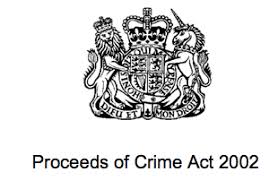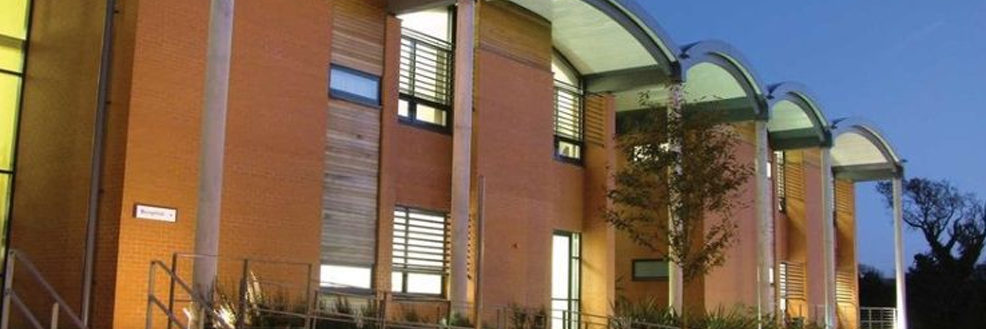The confiscation of criminal proceeds is a key global weapon against corruption, intended to ‘take the profit’ out of the crime – with the aim of returning that money to the public and, hopefully, deterring future corruption. The UK confiscation regime has been criticised, but in this blog post, Tristram Hicks argues that the criticism is misplaced and in fact the UK sets a global example of how to use this tool in the fight against corruption and other crime.

In December 2020, the Law Commission of England & Wales finished a consultation on the post-conviction confiscation regime. They described this as a “once in a generation”, “root and branch” review. The project started in November 2018, the consultation had over a hundred questions, arising from a report of over 700 pages. It is a detailed and thorough piece of work.
The background to their review is the ground-breaking Proceeds of Crime Act, 2002, which transformed the ability of the UK justice system to confiscate the proceeds of crime. By any sensible measure POCA has been a world-beating success. The average annual revenue reaped by virtue of the Act increased more than eight times, from £15m to £130m per year, in the two decades before and after 2002. It was a transformational change:
Total value of receipts in England & Wales and Northern Ireland
Average in the 10 years pre-POCA 1992-2002: £15m p.a.
Average in the 10 years post-POCA 2003-2012: £130m p.a.
Average in the 5 years 2013-2017: £206m p.a.
(Source: FOIA response from the Home Office)
In addition, the number of people who have been deprived of criminal assets under the Act was transformed from a few hundred each year to an annual average of somewhere between 5,000 and 10,000. (The Home Office does not publish this information regularly, so this is the author’s estimate, based on ten years’ service on the UK Criminal Justice Board).
In 2018, just as the Law Commission started its project, the Financial Action Task Force, the global standard setter for Anti-Money Laundering, reviewed the United Kingdom. It conferred on the UK the highest aggregate grading for any jurisdiction at the time. For the specific immediate outcome of “Confiscation” the UK was evaluated at a “Substantial level of operational effectiveness”, meaning that the “Immediate Outcome is achieved to a large extent.” Only 20% of jurisdictions achieve this level of success (out of just over 100 evaluated).
It is surprising, then, that the Law Commission found that the confiscation regime was perceived as ineffective. It explained that “The perception that the confiscation regime was ineffective took hold from various media reports and the NAO report of 2013 which drew attention to the high value of unpaid orders”.
Yet the conclusions of the NAO Report contrasted starkly with the record of ten consecutive record-breaking years of asset recovery since POCA was first enacted. The NAO concluded that “the process was not working well enough and did not provide value for money”, whilst simultaneously finding that the regime generated £133m, comfortably exceeding the £100m cost of administering the regime (in 2012/2013). In other words, unlike any other aspect of the criminal justice system, it not only generated a substantial amount of money but actually turned a tidy profit.
The key focus of criticism has been the supposedly high value of unpaid orders. This was first reported in the press around 2005 and has been almost the exclusive focus of media reports on the confiscation regime every year since. But the reality is that almost all these unpaid orders are uncollectable, they are an artefact of the system.
A significant part of the uncollected amount is the value of “hidden assets”. Hidden assets are typically criminal assets abroad that have been found by British financial investigators. Their recovery is not possible because the equivalent confiscation regimes do not exist in the relevant jurisdictions which host the assets. Some success over the years has been achieved through British technical assistance to these regimes, although this could be more strategically directed to benefit the UK and the international effort against corruption and crime.
The fact that these amounts are uncollectable is not disputed. This was confirmed by the National Audit Office itself in 2013, finding that 81% was uncollectable[1], and by the latest Law Commission Review, which found that this proportion had increased to 92%.
The nature of the uncollected backlog is fully explained in an excellent paper by Helena Wood of the Royal United Services Institute, who concludes: “In sum, to judge the success of the system on the uncollected total is to misrepresent the results”.
And yet, the obsession with these unpaid amounts continues to feed into other reports which use this as evidence that the system is failing. The NAO Report directly triggered a Public Accounts Committee review of the regime and a concurrent Home Office Committee review of the same topic. The current Law Commission review is itself driven by the perception of failure created by the NAO.
The Law Commission is aware of this problem. It quotes the NAO report at some length, making clear that its headlines have contributed to the adverse perception of the UK confiscation regime. The Commission states that the NAO Report “has influenced strongly the continuing debate about POCA’s effectiveness to the present day” and further find that it “included eye-catching data which appeared to demonstrate that the regime was not working” – strong words when set against a convention that UK government bodies do not criticise one another.
The Law Commission consultation has finally found a solution to this problem that had escaped the NAO, the Public Accounts Committee and the Home Affairs Committee. They are to be commended for proposing, in Question 77: “We provisionally propose that the court should be able to direct that enforcement be placed in abeyance where it is satisfied that an order cannot be enforced.”
In other words, the simplest solution would be to administratively write off these uncollectable amounts, to avoid misleading the public and undermining public confidence in the system.
If this simple solution is adopted, the undeserved and misleading publicity surrounding the UK’s confiscation regime might finally be laid to rest. The UK has an excellent system which is rightly applauded by the FATF and emulated by experts all over the world. It is high time it was recognised at home and actively promoted abroad.
The author is a former Detective Superintendent in the Metropolitan Police Service, who spent ten years on the UK Criminal Finance Board, responsible for implementing the Proceeds of Crime Act. He is now an independent international consultant on criminal asset recovery. A version of this post is also published on his blog.
[1] In 2012/13 the uncollected amount was £311m of £1.61bn, in 2018/19 it was £161m out of £2bn according to the relevant HMCTS Trust Statements.


[…] The first, published in December discussed bribery and asset recovery, the second looked at the alleged backlog of unpaid confiscation orders, suggesting that they are an accounting artefact that should be written off. Then the Professor asked […]